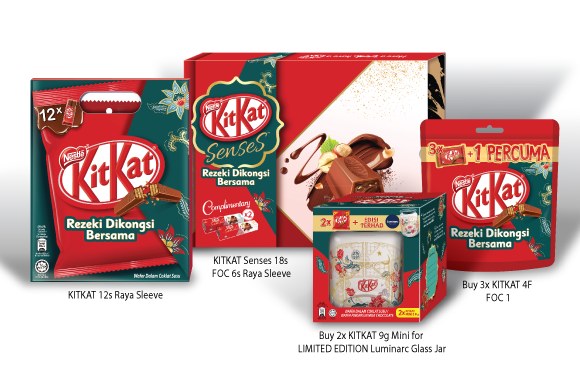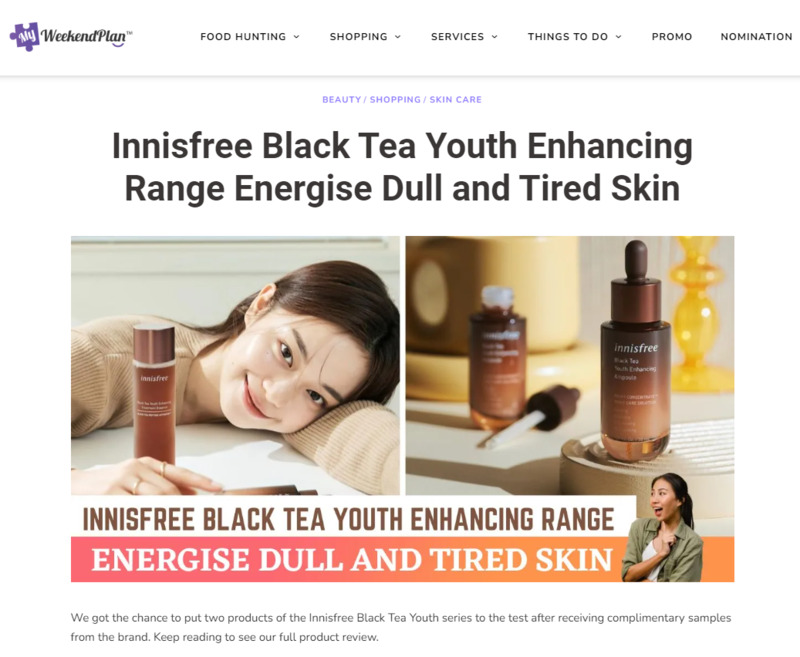Brand awareness is like building trust and a sense of belonging with customers by making them familiar with your brand. On the other hand, having a unique brand identity helps your business stand out from others, attracting and keeping customers, which, in turn, boosts sales and market share. Brand awareness means people recognize and know your brand, while brand identity includes special things that make your brand different. When you combine these, you create a strong and memorable brand image that’s really important for being well-known in the market.


Image credit: Freepik
Building brand awareness through channel distribution
This involves strategically using various online and offline channels to make a brand visible and familiar to its target audience. This includes leveraging diverse platforms, partnerships, and localized strategies to reach more customers and create a strong brand presence.
1. Channel Distribution
Select appropriate distribution channels for brand exposure. For example, Puma employs a comprehensive approach, utilizing both online and offline channels for distribution. They partner with leading e-commerce platforms like Zalora and Lazada, providing a diverse array of Puma products. Moreover, Puma has forged alliances with notable physical retail chains such as JD Sports and Royal Sporting House, guaranteeing the availability of their products in various brick-and-mortar stores throughout Malaysia.


Image credit: Zalora
2. Online Presence
Utilize online marketplaces and e-commerce platforms effectively. The HAIRDEPOT official website boasts a wide-ranging product catalog, ensuring effortless navigation and a shopper-friendly interface. They allocate resources towards digital marketing campaigns and SEO strategies, aiming to uphold visibility on search engines, particularly for searches related to hair products in Malaysia.


Image credit: HAIRDEPOT


Image screenshot from author in google search
3. Social Media Strategy
Develop a robust social media presence to reach a wider audience such as Dutch Lady Malaysia actively manages vibrant social media accounts on platforms such as Facebook. They produce engaging content showcasing school and lifestyle trends, aiming to connect with Malaysian consumers. Partnerships with educational institutions further enhance brand visibility and interaction.


Image screenshot from author – Dutch Lady Malaysia Facebook
- Physical Retail: Establish a presence in relevant physical retail stores across Malaysia.
- Partnerships and Collaborations: Forge alliances with influencers and industry figures for increased visibility.
- Localized Marketing: Tailor marketing strategies to suit Malaysian demographics and preferences.
- Events and Sponsorships: Participate in local events and consider sponsorship opportunities for brand visibility.
- Customer Engagement: Focus on engaging with the Malaysian audience to build rapport and trust.
4. Physical Retail
Establishing a presence in key physical stores and flagship outlets. Example: Hot & Roll Malaysia strategically places its shop in high-traffic areas within major shopping malls such as Mid Valley Megamall.


Image credit: Hot & Roll
5. Partnerships and Collaborations
Forge alliances with influencers and industry figures for increased visibility such as L’OCCITANE partners with other brands such as 100PLUS, IOI City Mall, and many more for exclusive events. These collaborations help L’OCCITANE connect with the local community, fostering brand loyalty and credibility among Malaysian consumers.


Image credit: checkpoint
6. Localized Marketing
Tailoring marketing initiatives to align with local culture and preferences such as Nestle KitKat launches limited-edition collections inspired by Raya season, appealing to the sentiments of local consumers. They are perfect to be given as gifts as well!


Image credit: Nestle
7. Customer Engagement
Prioritizing customer engagement for enhanced brand loyalty such as INNISFREE prioritizes high-quality skincare offerings for their clientele, emphasizing responsive customer service. They actively seek feedback via surveys and execute promotional campaigns personalized for Malaysian customers. Additionally, they organize in-store events to provide interactive experiences, fostering connections with their audience.


Image credit: INNISFREE Malaysia
5 effective strategies to enhance brand recognition and forge a robust brand image
- Content Creation
Making valuable content that matches the brand and connects with the audience helps raise brand awareness. Regularly sharing top-notch blogs, videos, and social media posts establishes the brand as a trusted source and gathers a loyal following.
- Social Media Reach
Using social platforms effectively offers a cost-friendly way to grow brand awareness. Engaging followers, sharing useful content, and targeted ads can enhance visibility and draw in new customers just like social media marketing.
- Influencer Partnerships
Collaborating with influencers who share the brand’s values can greatly increase brand recognition. Their support reaches a broad audience and builds trust and credibility.
- Online Media Publication
Building strong connections with media outlets can generate positive attention and press coverage such as listicle and advertorial. This exposure boosts brand awareness and credibility.


Image credit: My Weekend Plan
- Unique Experiences
Creating special experiences tied to the brand’s values makes a lasting impact. Events, collaborations,or interactive campaigns build brand awareness and identity.


Image credit: My Weekend Plan
The power of listicles in building brand awareness
Listicles, articles structured in a list format, have surged in popularity because of their easily digestible and shareable characteristics. These listicles present a potent opportunity for enhancing brand recognition by captivating reader attention. Brands can craft listicles tailored to their audience’s preferences, offering valuable insights or entertainment. Integrating their brand into these lists can heighten visibility and draw in fresh customers.
What are Brand Awareness Metrics?
1. Brand Impressions
This represents the number of times your brand content displays, providing a foundational metric for evaluating brand awareness campaign performance. Although they don’t measure actual content absorption, impressions indicate how many people were shown the content, allowing further analysis of metrics like engagement and website traffic.
2. Website Traffic
This measures the number of visitors to your site, indicating growing brand awareness if the traffic increases, particularly following a campaign launch. Analyzing referral sources helps identify which platforms drive the most traffic and which ones need improvement.
3. Social Media Engagement
The metrics (reach, impressions, likes, shares, comments, clicks, follows, mentions, and hashtag uses) gauge the conversation surrounding your brand. They reveal audience sentiments, influencers driving awareness, and whether awareness translates into increased engagement. However, these metrics are platform-specific and do not cover the broader web.
4. Search Volume Data
We can use it on platforms like Google Keyword Planner, measure interest around your brand and industry-related keywords. It reveals search volume for your brand, product, or industry terms, aiding in targeted campaign launches and competitor analysis.


Image screenshot from Google Keyword Planner
5. Brand-Awareness Surveys
This survey method provides qualitative feedback directly from audiences, offering insights beyond hard data. Conducted through questions like brand perception, competitor awareness, and brand recall, these surveys complement quantitative data. Tools like SurveyMonkey and Typeform streamline survey creation and response organization across email, phone, or website forms.


Image screenshot from SurveyMonkey Website
As a conclusion
Establishing brand awareness and identity is crucial for business success. Using channel distribution, effective tactics, and consistent messaging boosts brand recognition. Engaging your audience and evaluating progress are key. Committing to brand building can elevate your brand from obscurity to success.
.






